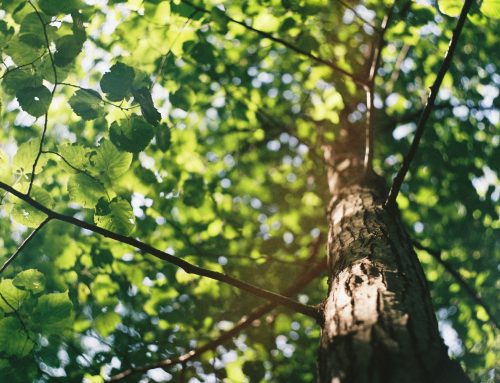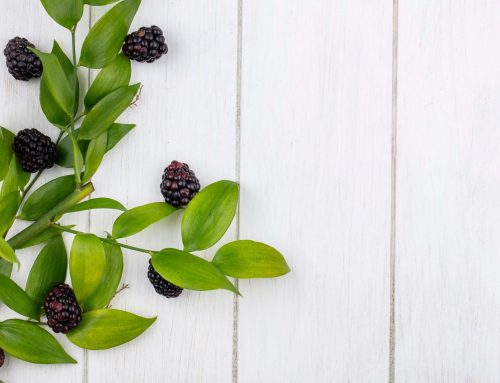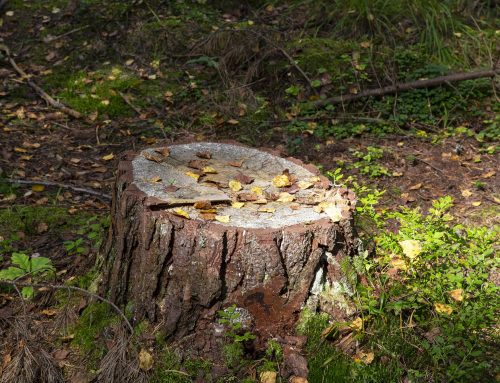Having trees on your property not only provides shade and creates privacy on your property, but they also help absorb excess CO2 in the air. However, there comes a point in any tree’s life when a bit of pruning is needed to maintain the tree’s health and the safety of your home and anyone on your property. If you have taller, more mature trees, you may have heard of “tree topping” or “tree crown reduction”. In this blog article, we’ll examine the differences between tree topping vs. crown reduction and the effects of tree topping and crown reduction.
What is Tree Topping?
Sometimes known as rounding over or hat-racking, tree topping is the process that arborists use to remove large branches from the top of the tree while maintaining lateral branches and stumps on the trunk of the tree.
Tree topping is typically used when a taller tree on your property has been highly damaged due to a storm or natural disaster. Most professional arborists would recommend this only if you plan to remove the tree as it reduces the tree’s energy-producing capacity and triggers the regrowth of unattractive and vertical branches. Tree topping is known to shock the tree and leave it unable to feed itself, which can lead to disease and sometimes death of the tree. Due to these extreme adverse effects, discuss the effects of tree topping with a professional arborist before you carry this out on any of your trees, so you completely understand the risks and benefits.
What is A Tree Crown?
Reducing the tree crown is one of the most common ways arborists control a tree’s size and shape. Generally, in tree crown reduction, limbs located on the tallest parts of the tree canopy are cut shorter to decrease the tree’s height. However, they are only removed to the subsequent lateral growth to be able to ensure that they heal fast and grow again correctly. Arborists will typically recommend that 20% or less of your tree’s canopy be pruned to prevent damaging your tree.
Unlike tree topping, tree crowning is considered safe and beneficial for your tree, especially if you have fruit-bearing trees, as this will help increase fruit production. Crown reduction also improves sun and air exposure for your trees.
If you’re debating tree topping or a tree crown reduction, tree topping is the preferred choice for most circumstances when dealing with taller trees. Crown reduction preserves the tree’s natural shape, ensures its health, and keeps its overall size balanced. Tree topping may give you the desired result but only for a short window of time and may be more costly for you and the tree in the long run. Working with experienced landscaping professionals is encouraged no matter what method you decide is best for the trees on your property. At Cutters Edge, we employ highly skilled employees using state-of-the-art equipment to ensure your home and its landscape are correctly cared for. Contact us today to discuss your tree pruning needs and how we can help you achieve your landscaping goals.





